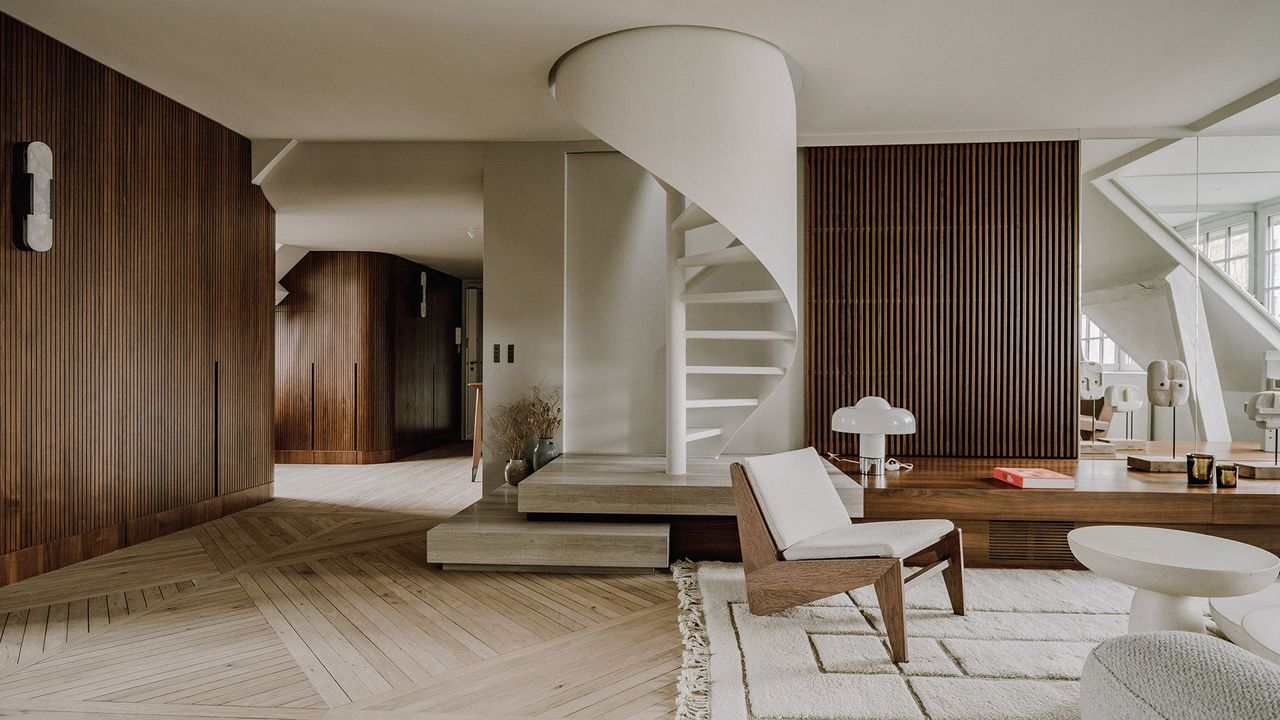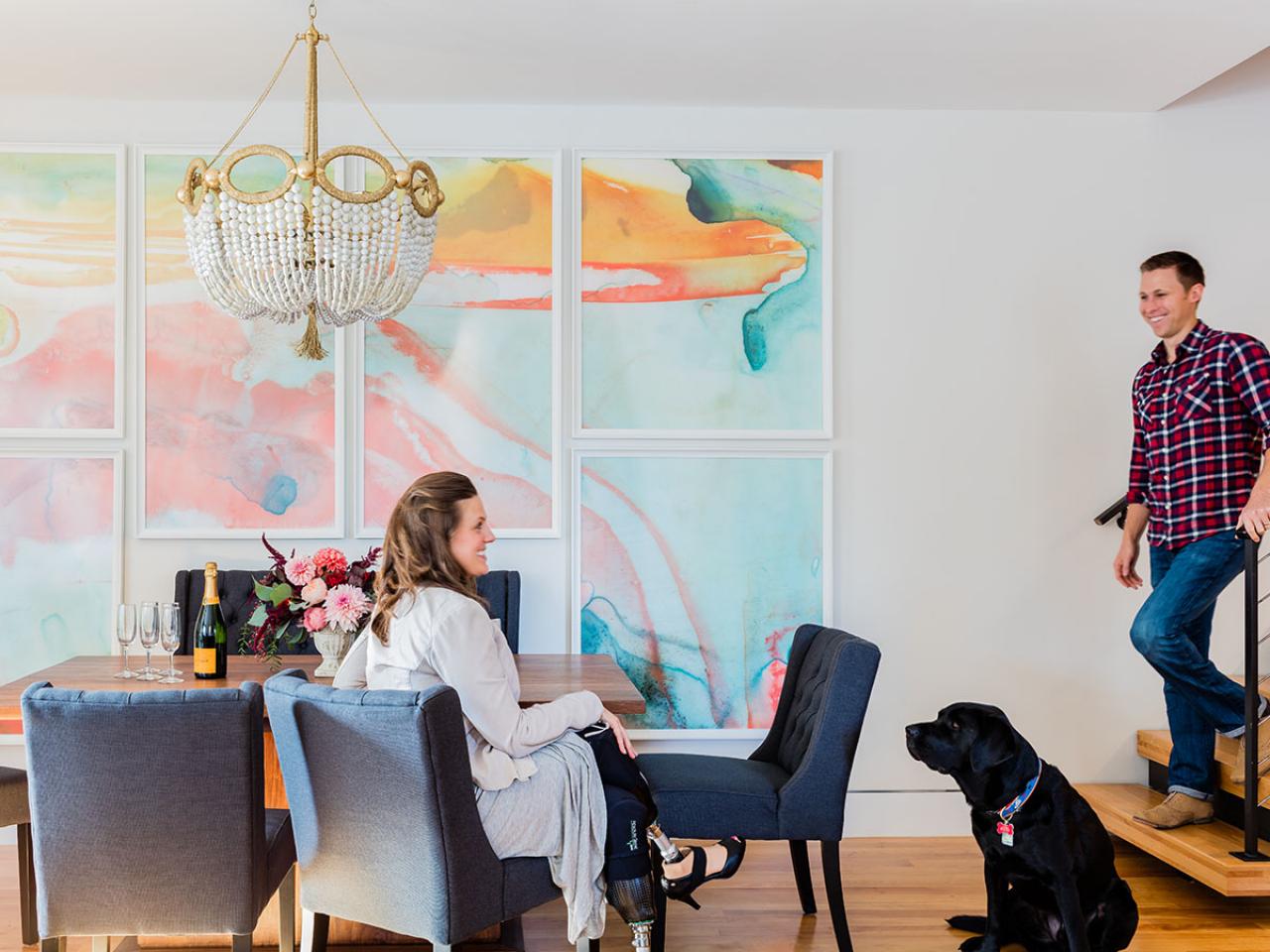
Designing for Inclusivity: Making Your Home Accessible to All Through Thoughtful Interior Design
In the pursuit of creating a welcoming and inclusive environment, thoughtful interior design plays a pivotal role in ensuring accessibility for individuals of all ages and abilities. Whether accommodating mobility challenges, sensory sensitivities, or cognitive impairments, prioritizing universal design principles fosters an environment that promotes independence, safety, and comfort for everyone.
Here, we explore practical tips and design strategies for making your space accessible to all through thoughtful home renovations and interior design.
Create Barrier-Free Spaces
Start by eliminating physical barriers and obstacles that hinder accessibility within the home. Design open floor plans and wide pathways to facilitate ease of movement for individuals using mobility aids such as wheelchairs or walkers. Remove unnecessary steps or thresholds and ensure smooth transitions between different floor surfaces to prevent tripping hazards. Consider installing lever-style door handles, which are easier to operate than traditional knobs, and incorporate sliding doors or pocket doors to maximize space and maneuverability in tight areas.
Prioritize Safety and Comfort
Safety and comfort are paramount considerations in accessible interior design in Calgary, particularly for individuals with mobility limitations or sensory sensitivities. Choose slip-resistant flooring materials, such as textured tiles or low-pile carpeting, to minimize the risk of slips and falls. Install grab bars and handrails in key areas such as bathrooms, staircases, and hallways to provide support and stability for individuals with balance or mobility challenges. Opt for ergonomic furniture with firm, supportive cushions and adjustable features to accommodate varying comfort preferences and physical needs. Additionally, consider incorporating non-glare lighting fixtures and window treatments to reduce glare and minimize visual discomfort for individuals with sensitivity to bright light.

Enhance Wayfinding and Navigation
Clear wayfinding and intuitive navigation are essential for promoting independence and autonomy within the space, especially for individuals with cognitive impairments or visual
impairments. Use consistent color schemes and contrast to delineate different areas of the home and aid in navigation. Label cabinets, drawers, and storage containers with large, easy-to-read text or tactile markers to facilitate identification and organization. Incorporate tactile signage or braille labels at key locations such as room entrances, light switches, and appliance controls to provide guidance and orientation for individuals with visual impairments.
Adapt for Multi-Sensory Needs
Consider the diverse sensory needs of occupants when designing spaces and incorporate features that cater to varying preferences and sensitivities. Provide options for adjustable lighting levels and color temperatures to accommodate individuals with sensitivity to bright light or visual impairments. Integrate sound-absorbing materials and acoustic treatments to minimize noise levels and create a more comfortable auditory environment for individuals with sensory processing disorders or hearing impairments. Incorporate tactile elements such as textured surfaces, braille signage, and tactile pathways to engage individuals with sensory impairments and provide sensory stimulation and feedback.
Foster Emotional Well-being and Social Connection
In addition to physical accessibility, it’s essential to consider the emotional well-being and social connection of individuals within the home. Design welcoming and inviting spaces that encourage social interaction and engagement among family members and visitors. Incorporate comfortable seating arrangements, cozy gathering areas, and communal spaces that facilitate conversation and connection. Pay attention to the aesthetics and ambiance of the space, incorporating elements such as natural light, indoor plants, and artwork to create a warm and inviting atmosphere that promotes relaxation and socialization.

Interior Designs to Improve Home Environments
Thoughtful interior design in Calgary play a crucial role in creating an environment that is accessible to all individuals, regardless of age, ability, or mobility. By embracing universal design principles and considering the diverse needs and preferences of occupants, you can create a welcoming and inclusive living space that promotes independence, safety, comfort, and emotional well-being for everyone. From creating barrier-free spaces to enhancing safety and comfort, prioritizing wayfinding and navigation, adapting for multi-sensory needs, and fostering emotional well-being and social connection, each design decision contributes to the creation of an area that truly feels like home for all who inhabit it.




